Guerrilla gardening is a form of activism where individuals take it upon themselves to transform neglected, abandoned, or underutilized public spaces into vibrant green areas. With no permission or formal authority, guerrilla gardeners plant flowers, vegetables, and trees, breathing life into urban environments and creating unexpected green oases.
This movement not only beautifies neglected urban spaces but also provides numerous environmental benefits, such as improving air quality, fostering biodiversity, and combating the urban heat island effect. Guerrilla gardening is a way to take action and create positive change, while encouraging a sense of community and connection with nature.
Discover how to embrace guerrilla gardening to reclaim and green up your own urban spaces, making your city a more sustainable and beautiful place to live!
Seed Bombs
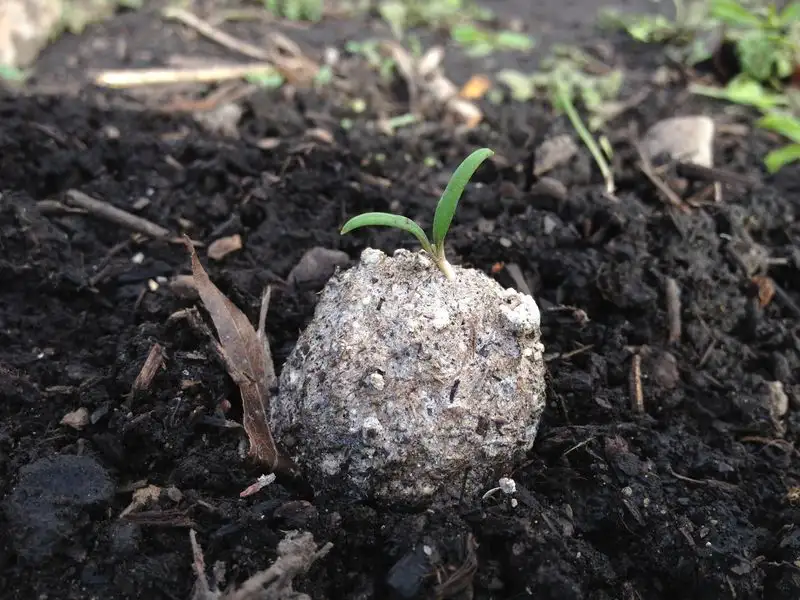
Have you ever thought about turning a vacant lot into a meadow of wildflowers? Seed bombs offer a whimsical way to do just that. By crafting small, clay-covered balls packed with seeds, you can discreetly plant in areas that need a splash of color. These bombs are easy to make at home using clay powder, compost, and seeds. Once thrown onto the ground, they wait for rain to initiate growth. Surprisingly effective, seed bombs allow you to introduce diverse plant life without much upkeep, making them an ideal tool for guerrilla gardeners.
Vertical Gardens
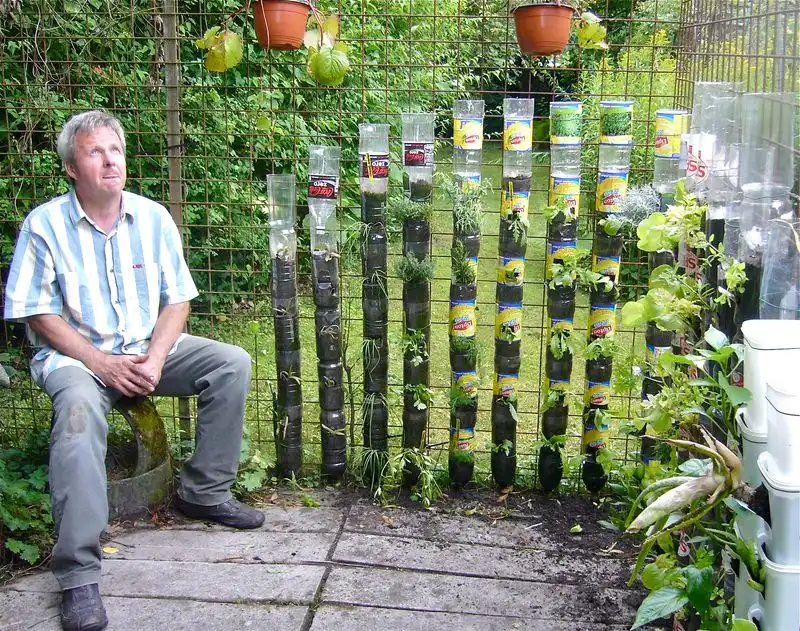
Imagine using a bare wall as a canvas for a living piece of art. Vertical gardens provide a space-saving solution for city dwellers eager to greenify their surroundings. Using materials like old pallets or recycled bottles, you can create stunning plant displays that grow upwards. These gardens not only beautify an area but also improve air quality and provide insulation. Perfect for small yards or balconies, vertical gardens offer an innovative way to cultivate herbs, flowers, and even vegetables in tight spaces, making them incredibly versatile.
Edible Landscapes
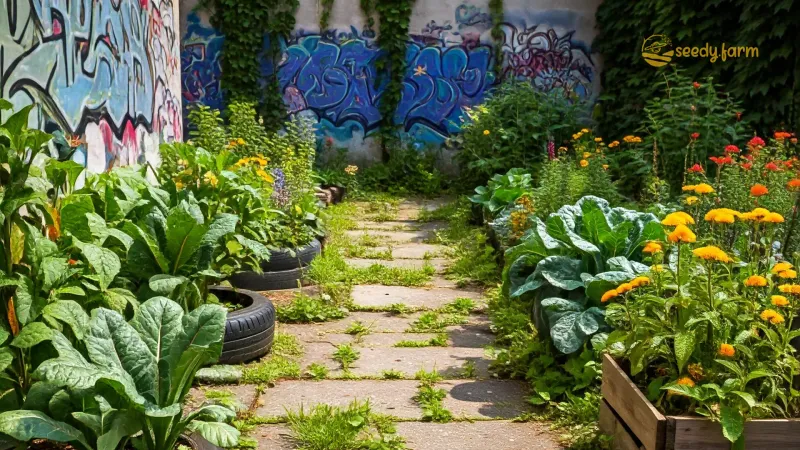
What if a neglected corner of your neighborhood could supply fresh produce? Edible landscapes turn this dream into reality. By planting fruits, vegetables, and herbs, you transform unused plots into functional gardens. These spaces not only beautify but also nourish the community, offering fresh ingredients right where they’re grown. Collaborating with local volunteers can foster a sense of unity and shared purpose. With a bit of planning, even the smallest plots can yield an impressive bounty, making them a win-win for everyone involved.
Guerrilla Tree Planting
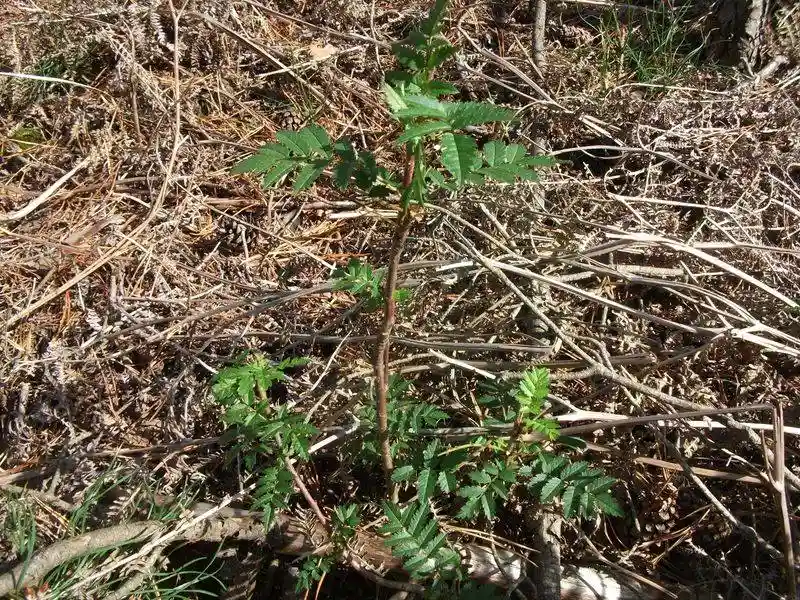
Ever considered planting a tree in an unexpected spot? Guerrilla tree planting involves strategically placing trees in urban environments where they’re needed most. By selecting the right species and location, these trees can thrive, offering shade, wildlife habitat, and improved air quality. It’s a bold act that supports environmental resilience while beautifying the cityscape. With careful consideration of local ecosystems and potential challenges, guerrilla tree planting can bring about significant change in urban areas, one tree at a time.
Pollinator Pathways

Think of creating corridors of flowers that support bees and butterflies. Pollinator pathways offer a sanctuary for these essential creatures, linking fragmented habitats across the city. By planting native flowers and shrubs, you provide food and shelter for pollinators, which in turn helps sustain local ecosystems. These pathways can be established along roadsides, in parks, or even in small garden patches, making them adaptable to various urban settings. By supporting pollinators, you contribute to biodiversity and the health of our food systems.
Moss Graffiti
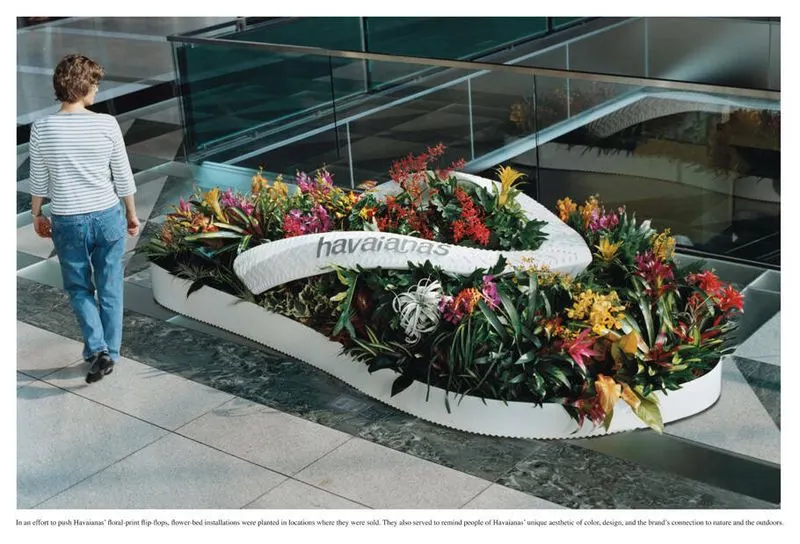
Consider using nature to create art on the city’s surfaces. Moss graffiti involves using moss mixed with buttermilk to ‘paint’ green designs on walls and buildings. This eco-friendly art form adds a touch of creativity and greenery to urban environments. Not only does it provide a unique visual aesthetic, but it also helps to purify the air. Easy to maintain, moss graffiti can flourish on porous surfaces, transforming drab cityscapes into vibrant works of living art. Ideal for artistic expression, it leaves a lasting impression without any harsh chemicals.
Pocket Parks

Picture a small oasis tucked between towering structures. Pocket parks utilize underused or forgotten spaces to create inviting green areas for the community. These compact parks might feature benches, walking paths, or small gardens, offering a peaceful retreat amidst the hustle and bustle. By prioritizing native plants, you ensure these parks are low-maintenance and sustainable. Pocket parks can significantly enhance urban life, providing a much-needed breath of fresh air and a place for social interaction, making city living a bit more pleasant and connected.
Reclaimed Tire Gardens
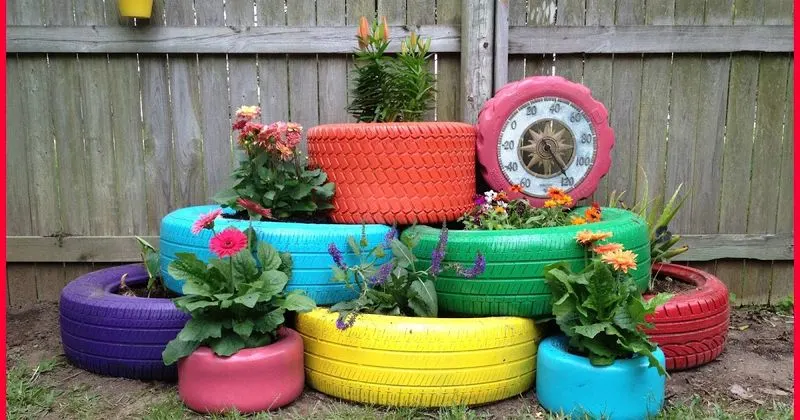
Imagine stumbling upon a forgotten alley adorned with a rainbow of stacked, painted tires brimming with flowers and foliage. Reclaimed tire gardens are an innovative way to turn old rubber into beautiful planters. This approach not only recycles but adds a splash of color to dreary urban environments.
Use your creativity to arrange these tires in captivating designs. Fill them with hardy plants that thrive in confined spaces, and watch your vibrant oasis bloom. This eco-friendly method is a visual and environmental win, transforming waste into wonder.
Search ‘urban tire gardens guerrilla gardening’ for inspiration.
Pop-up Zen Pebble Paths
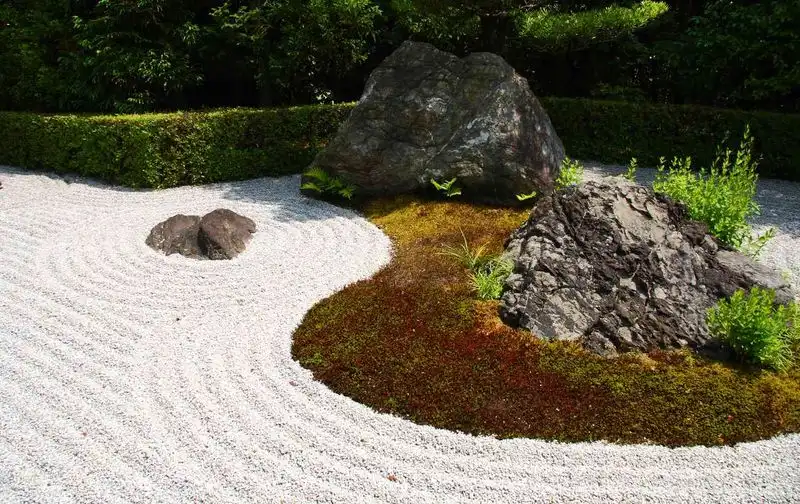
In the midst of urban chaos, a pop-up Zen pebble path can be a momentary escape into tranquility. These paths, adorned with bonsai and bamboo, offer a soothing experience in a bustling environment.
Crafting a Zen path is as simple as laying pebbles in a calming pattern. Add miniature sculptures or a small water feature to enhance the serenity. These paths are not just aesthetic; they invite reflection and mindfulness, making them perfect urban sanctuaries.
Search ‘zen pebble paths urban garden’ for more creative ideas.
Wildflower Mosaics
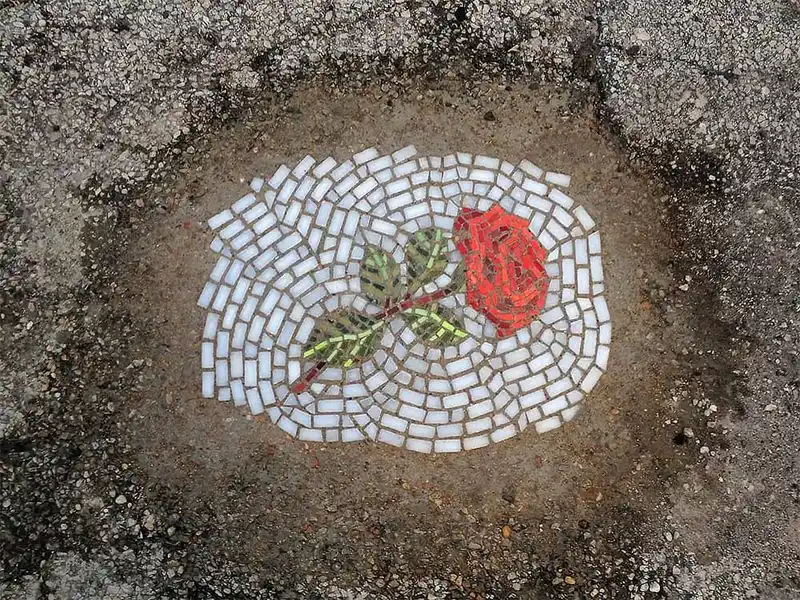
Picture a dull, gray wall transformed into a vibrant tapestry of wildflowers. Wildflower mosaics are living artworks that bring color and life to forgotten urban spaces. By encouraging native species to thrive, these mosaics support local wildlife and enhance biodiversity.
Creating these living canvases involves carefully selecting plants that will bloom in harmony, creating stunning patterns. It’s an artful way to engage with nature and beautify the cityscape.
Look up ‘wildflower mural guerrilla gardening’ to see how others have brought walls to life.

